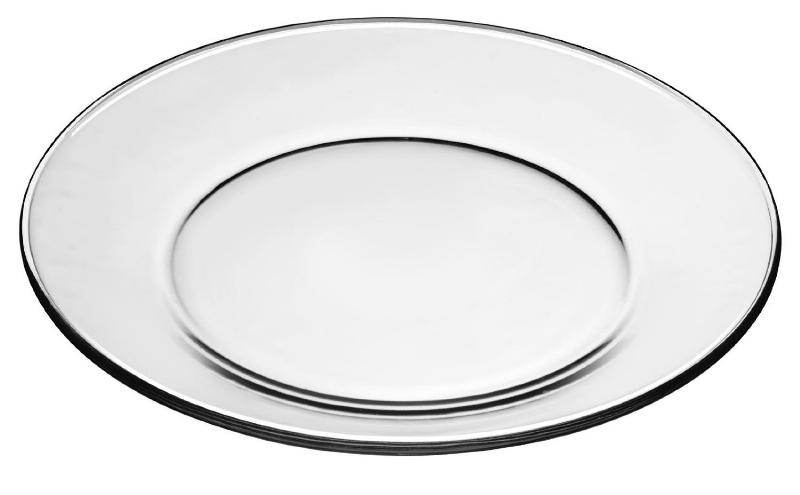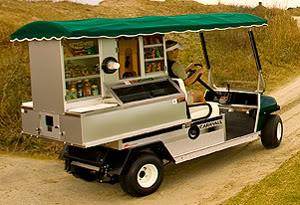










QuickBooks set up and Bookkeeping for Small Businesses and Farms - jocelyncampbell.com




Dave's SKIP BB's / Welcome to Permies! / Permaculture Resources / Dave's Boot Adventures & Longview Projects


















Seed the Mind, Harvest Ideas.
http://farmwhisperer.com
 2
2




Moderator, Treatment Free Beekeepers group on Facebook.
https://www.facebook.com/groups/treatmentfreebeekeepers/















Ken Peavey wrote:The current kitchen at basecamp, from what I can tell, is a standard American kitchen designed for use by a typical nuclear family of 2 parents an 3.14159 kids.
If I understand the nature of the situation you need to service the demands of a larger group every day, in various locations, plus the occasional large group.
1 Construct a production kitchen
2 Construct or purchase a food wagon.
--
QuickBooks set up and Bookkeeping for Small Businesses and Farms - jocelyncampbell.com










Michael Cox wrote:What about using a traditional haybox to keep stuff warm, or to slow cook stews and things? Perhaps make a trailer mounted haybox so you can load food hot into it at the house, it can be driven down the hill and just stay in the trailer until you are ready to serve it.
As good insulating box can keep food properly hot for ages.
QuickBooks set up and Bookkeeping for Small Businesses and Farms - jocelyncampbell.com






 1
1




Dave Burton wrote:Please may you draw a picture of the layout between each area. I am having trouble picturing this in my head.
Is it a straight path, curvy path, zigzaged, etc? How far apart is everything from each other? Where are the basecamp, auditorium, and kitchen located in relation to each other?
 Obviously, none of it is to scale.
Obviously, none of it is to scale.
QuickBooks set up and Bookkeeping for Small Businesses and Farms - jocelyncampbell.com
 1
1




![Filename: path-ideas.jpg
Description: [Thumbnail for path-ideas.jpg]](/t/39192/a/20638/path-ideas.jpg)
Dave's SKIP BB's / Welcome to Permies! / Permaculture Resources / Dave's Boot Adventures & Longview Projects














 2
2




"You must be the change you want to see in the world." "First they ignore you, then they laugh at you, then they fight you, then you win." --Mahatma Gandhi
"Preach the Gospel always, and if necessary, use words." --Francis of Assisi.
"Family farms work when the whole family works the farm." -- Adam Klaus





 2
2




Seed the Mind, Harvest Ideas.
http://farmwhisperer.com
 2
2




Dave's SKIP BB's / Welcome to Permies! / Permaculture Resources / Dave's Boot Adventures & Longview Projects















 1
1




Seed the Mind, Harvest Ideas.
http://farmwhisperer.com









R Scott wrote:1. need an alternative to glass for the trips to the lab. We use stainless steel PIE PANS as our plates/bowls
R Scott wrote:3. E&E&Paul should be able to build a RMH-powered steam table to keep food warm. Eventually
 )
)
 1
1




If no one from the future comes to stop you is it really that bad of a decision?








Shenanigans of the sheep and wooly sort.. And many more.. https://www.instagram.com/girlwalkswithgoats/
Papa always says, "Don't go away angry... just go away."





Seed the Mind, Harvest Ideas.
http://farmwhisperer.com

|
When I was younger I felt like a man trapped inside a woman's body. Then I was born. My twin is a tiny ad:
Freaky Cheap Heat - 2 hour movie - HD streaming
https://permies.com/wiki/238453/Freaky-Cheap-Heat-hour-movie
|









